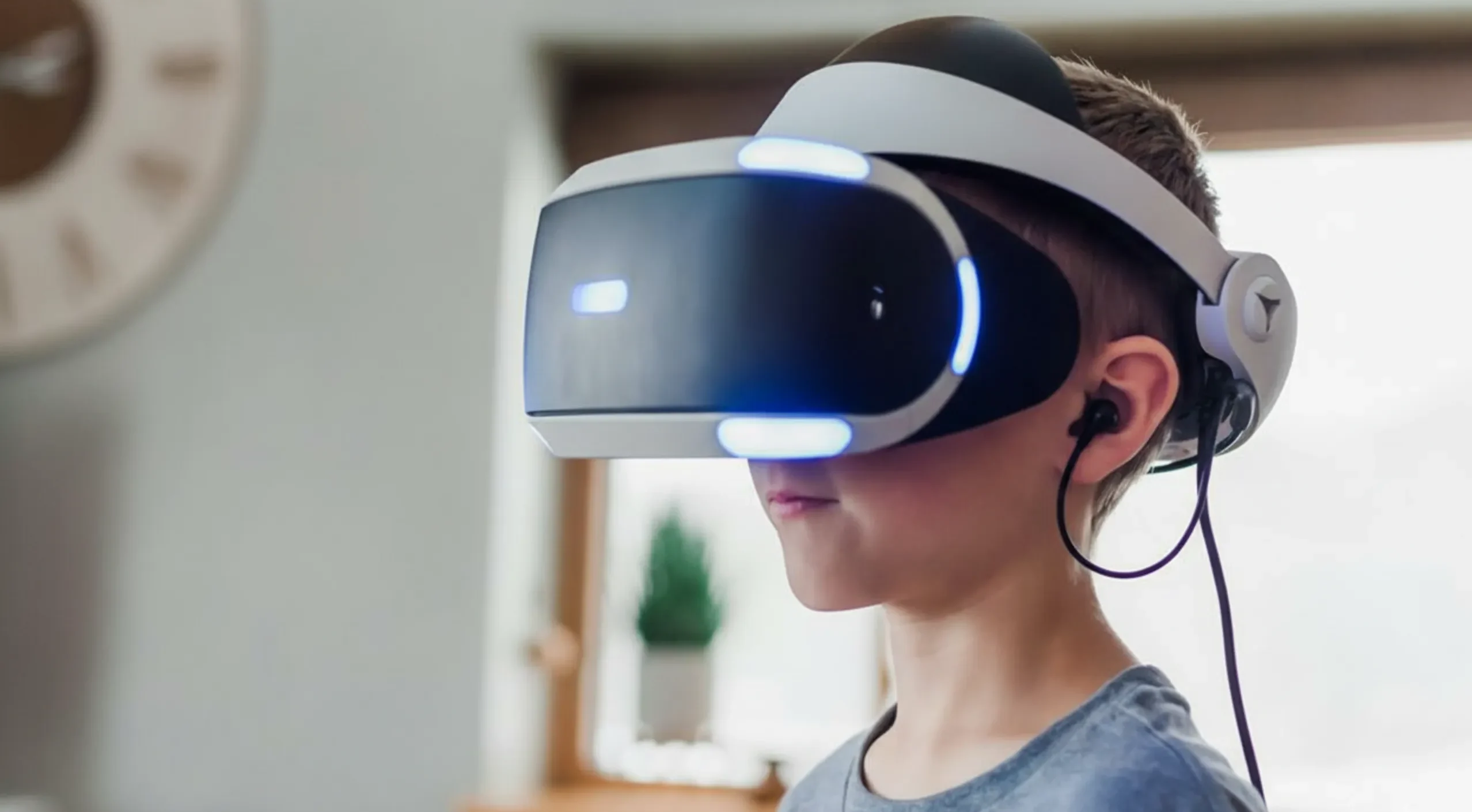What Is Multimodal AI? Next-Gen Technology Explained
Imagine you walk into a hospital’s emergency room and a digital assistant greets you—understanding your words, recognizing the urgency in your voice, and even noticing signs of discomfort on your face. That’s not a science fiction scene—it’s one glimpse of what multimodal AI promises for 2025 and beyond.
With artificial intelligence getting smarter and more perceptive, the boundaries between humans and machines are dissolving faster than ever. But what exactly is multimodal AI, and why is it setting the pace for next-generation technology? Let’s break down the essentials you need to know—without jargon, just real-world insights, and forward-looking perspective.
Introduction to Multimodal AI
Defining Multimodal AI
Let’s get right to the heart of it—traditional AI systems tend to stay in their own lanes. One model might be good at crunching numbers, another might sort images, and a third might process speech. But life, as you know, isn’t that tidy. Humans don’t just see or hear; we do both, often blending those senses to make meaning on the fly.
That’s precisely where multimodal AI steps up. Multimodal AI refers to intelligent systems that take in, make sense of, and respond to multiple types of data simultaneously. It’s like giving an AI multiple senses, allowing it to process:
- Text (reading a patient’s medical history)
- Speech and Audio (hearing a symphony or subtle social cues)
- Visuals (looking at a chart or medical images)
- Sensor Logs (data from a heart-rate monitor or GPS tracker)

The Need for Multimodal AI in Today’s World
Why does any of this matter in 2025? Our communications aren’t limited to just words—they’re woven with gestures, tone, emojis, and context. Most digital systems still process one thing at a time, and they’re prone to missing the story between the lines. That leads to misinterpretations and robotic conversations.
Multimodal AI is designed for today’s messy, complicated world. Whether in medicine, transportation, or how you talk to your smart speaker, we crave machines that understand us more like friends and less like calculators. As the flood of digital information grows, the demand for smarter, more integrated AI becomes unstoppable.
How Multimodal AI Works
Key Technologies Involved
Here’s the nuts and bolts without the technical headache: multimodal AI is really a mashup of core technologies, each with its specialty.
- Natural Language Processing (NLP) : The whiz at understanding and generating human language—the engine behind your favorite chatbots.
- Computer Vision : How AIs recognize faces, scan medical images, or even “read” handwritten notes.
- Speech Recognition & Audio Processing : Picking up not just what’s being said, but how, including emotions hidden in your tone.
- Sensor Analysis : Brings in data from everything from heart-rate monitors to GPS trackers.
Imagine handing all this information to a single, integrated system; when it works, the results feel downright magical.

Data Inputs and Fusion Techniques
Data fusion is the real secret sauce here. Multimodal AI systems begin by scooping up mixed inputs—text, multimedia, sensor data—whatever’s available.
The process generally follows these steps:
- Modality-Specific Encoding: Each input (text, image, audio) is first processed individually into feature representations.
- Alignment and Feature Extraction: Data is cleaned, standardized, and broken down into features (e.g., objects from an image, key phrases from a conversation).
- Fusion: The key step where the different data streams are combined to form a holistic picture.
Want a peek under the hood? Fusion can happen in a few ways:
- Early fusion : Combines the raw data features before interpretation.
- Late fusion : Analyzing data types independently, then blending the insights
- Hybrid fusion : Uses a combination of early and late techniques for more flexibility.
This fusion lets the system form a richer, more reliable picture. That’s how your car’s AI sees the stop sign, hears an approaching ambulance, and decides to pull over—instantly, and all at once.
Yes AI
Tel. : 096-879-5445
LINE : @yeswebdesign
E-mail : info@yeswebdesignstudio.com
Address : 17th Floor, Wittayakit Building, Phayathai Rd, Wang Mai, Pathum Wan, Bangkok 10330
(BTS SIAM STATION)
